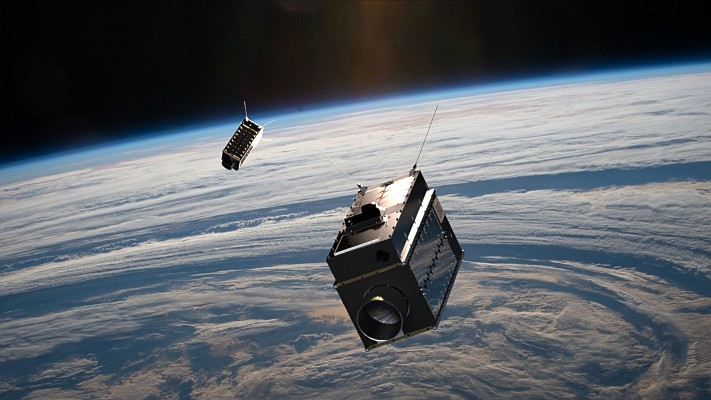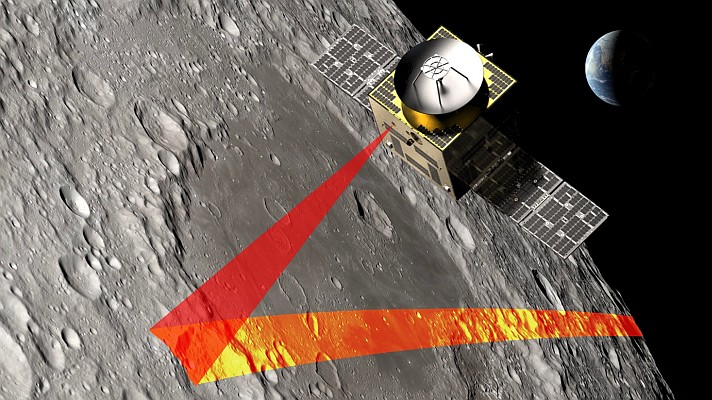Just over three years after completing the SAOCOM 1 Mission, with the launch into orbit of two twin satellites, the National Commission for Space Activities of Argentina (CONAE) is working on the development of a new generation of satellites with Synthetic Aperture Radar (SAR ) in L band, called SAOCOM 2, which incorporates innovative technologies to improve the performance and quality of information provided to users. Its launch is scheduled for 2030.
The project brings together the capabilities of several public institutions and companies in the Argentine scientific and technological system, such as INVAP, the main supplier, which will be responsible for the design and construction of the satellite services platform and the radar’s central electronics. The design of the SAR instrument and antenna will continue to be carried out by CONAE and the company VENG in conjunction with several suppliers, such as the National Atomic Energy Commission (CNEA).
The new generation of SAOCOM satellites will provide information for production and management of emergencies of environmental and anthropogenic origin through the Soil Moisture Map and other derived products, such as the identification of crops and diseases for agriculture such as fusiariosis and the estimation of returns, among others.
One of the central objectives of the new satellite mission will be to continue the information from the L-band radar that CONAE currently offers to its users of the SAOCOM 1 Constellation, with an improvement in spatial resolution, which would go from 10 to between 3 and 5 meters. Today there are projects from other international agencies that aim to launch new missions in the L band of the electromagnetic spectrum, such as NASA (USA), ESA (European Union) and JAXA (Japan), with which cooperation agreements could be established for the exchange of data.
The new SAOCOM satellites will have similar dimensions to their older brothers, with an antenna measuring 10 by 3.5 meters. One of the planned changes will be the avionics of the services platform, as a more modern one developed for the SABIA-Mar satellite will be used, which has the most recent technologies available. This segment of the satellite includes the propulsion system, battery, solar panels and the main computer, which services instruments such as the SAR radar.
Work to advance the new generation of SAOCOM 2 satellites began in December 2021. During 2022, an analysis of obsolescence and feasibility of building the satellite was carried out. To this end, the different parts used in first-generation Argentine radar satellites were researched, all suppliers were contacted and investigated whether they are still manufactured or whether there are new technologies to replace them.
“When we reviewed the satellite payload, we found obsolescence in some components that are no longer available on the market. This is why we are now working on modernizing the electronic design of the radar’s central computer, incorporating a new technology, called Software Defined Radio (SDR), which also allows us to open a path of evolution towards a next generation SAOCOM, and which in the future will simplify the design and construction of the radar, even increasing its performance”, explained the head of the SAOCOM project at CONAE, Juan Pablo Cuesta
In 2023, more in-depth work was carried out on the design of the SAOCOM 2 service platform, adapting, combining and modernizing concepts from the SABIA-Mar and SAOCOM1 satellites. Along these lines, a preliminary review process for the design of this platform, the PDR (Preliminary Design Review), began in October.









